The ALEXA Mini LF records to new Codex Compact Drives, which support the higher resolution recording modes found in the new camera. Looking at the side of the camera you can see where this new media will mount, but this only slightly expands the width of the camera overall compared to the Mini. This is also a nice improvement because it moves the media card to a more accessible location than the Mini. ARRI has also moved and added some ports on the camera, including moving the viewfinder port forward, atop the media bay; moving audio to the back; and adding dedicated R/S, 12V power out, and sync connectors. ARRI also added a headphone jack for audio output to the new MVF-2, itself a slick redesign of the EVF used on both the AMIRA and Mini with some great new features (see below). Most existing accessories for the ALEXA Mini will work with the new camera (except for those that can't accommodate the new media bay on camera-left). These are all small yet welcome additions.
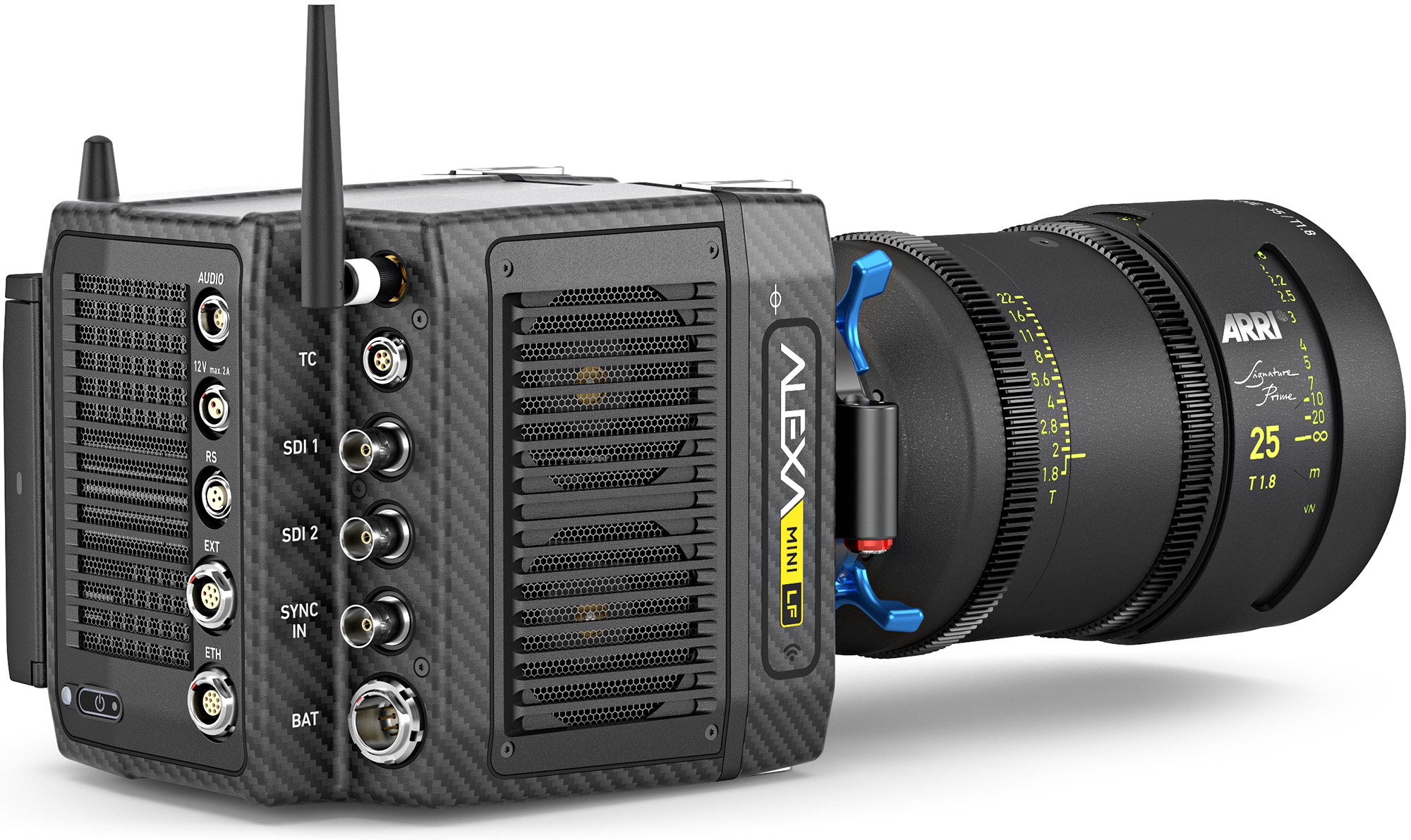
The ALEXA Mini LF sensor is actually two ALEXA ALEV-III sensors stitched together, keeping the same pixel size and giving you that same famous ARRI look, but in a larger format and with higher resolution options. This of course means the camera will be Netflix approved for 4K acquisition in both the open gate mode (4448 x 3096) and LF 16:9 mode (3840x2160). Both of these modes require the use of full frame glass to cover the sensor area, though some Super 35mm glass will cover the 16:9 mode just fine (this requires an image circle of at least 36.35mm). ARRI does plan on enabling a Super 35mm crop mode in the camera via a future update, which will enable the same basic recording modes found in the ALEXA Mini today. Along with the large sensor comes ARRI's new LPL lens mount, which works natively with their Signature Prime lenses. ARRI has an LPL to PL adapter, of course, which allows access to a wide variety of lens choices.

Codec options in the camera include ProRes and ARRIRAW, giving you Open Gate ARRIRAW at up to 40fps. A dedicated Super35 "crop mode," with similar recording formats as the existing Mini, is planned for a future SUP. See below for a full list of codecs and recording formats that ARRI plans to make available at launch (subject to revision as the camera's shipping date approaches).
| Recording Mode | Pixel Dimensions | Max FPS* |
| ProRes | ||
| LF Open Gate 4.5K | 4448 x 3096 | 40 |
| LF 16:9 UHD | 3840 x 2160 | 60 |
| LF 16:9 2K | 3840 x 2160 (downscaled to 2048 x 1152) | 90 |
| LF 16:9 HD | 3840 x 2160 (downscaled to 1920 x 1080) | 90 |
| LF 2.39:1 4.5K (full sensor width) | 4448 x 1856 | 40 |
| ARRIRAW | ||
| LF Open Gate 4.5K | 4448 x 3096 | 40 |
| LF 16:9 UHD | 3840 x 2160 | 60 |
| LF 2.39:1 4.5K (full sensor width) | 4448 x 1856 | 60 |
*Supported in SUP 6.0, as of this writing.
The ALEXA Mini LF supports the following anamorphic de-squeeze modes: 1.25x, 1.3x, 1.5x, and 2x factors.
Speaking of recording, the new side-mounted media bay on the ALEXA Mini LF uses a new media type from Codex called Codex Compact. As the name implies, these are smaller form-factor capture drives that replace the CFast 2.0 media used on the current Mini. Initially available only in a 1TB capacity, these drives will, in general, provide much longer recording times than smaller capacity CFast cards. A 1TB Codex Compact capture drive lists for $2,380. So, more expensive than CFast 2.0, but not dramatically. The ALEXA Mini LF uses the same MXF-wrapped ARRIRAW format as the Mini (the ARRIRAW license is now included in the price of the camera), and ProRes now also uses an MXF container, which is fully supported by Apple in Pro Video Formats 2.1. A USB-C reader for these new Codex Compact capture drives is also available. When used with Codex's Device Manager software, it will perform lossless compression (called 'HDE' by Codex, for High Density Encoding) on-the-fly during the offload, thus reducing offload times and saving up to 40% on file size with no loss of quality. The Compact reader is also driverless on both Mac and Windows and requires no license. A number of on-set and post software environments have announced future support for HDE, including Assimilate, ColorFront, Filmlight, Imagine Products, Pomfort, and others.
Power draw is expected to be only slightly greater than the Mini, which dissipates 65W at 24fps with the EVF active. ARRI expects most existing power solutions for the Mini to work with the Mini LF. On the rear of the body, you'll find a 2-pin Lemo connector outputting 12V (regulated) with 2A of current max. Additionally, there is a 3-pin 24V Fischer connector allowing traditional open/close run-stop triggering (ARRI's familiar EXT connector—a 7-pin Lemo—outputs 24V as well). The new audio connector, now larger and with six pins, also outputs 12V, so that it can provide power to, for example, preamplifiers and wireless microphone receivers. For system power, the camera is 12/24V compatible and full voltage "swing" is from 11-34V.
Another new audio feature are discrete "dots" on either side of the upper front of the camera. These are stereo scratch microphones – a most welcome addition!
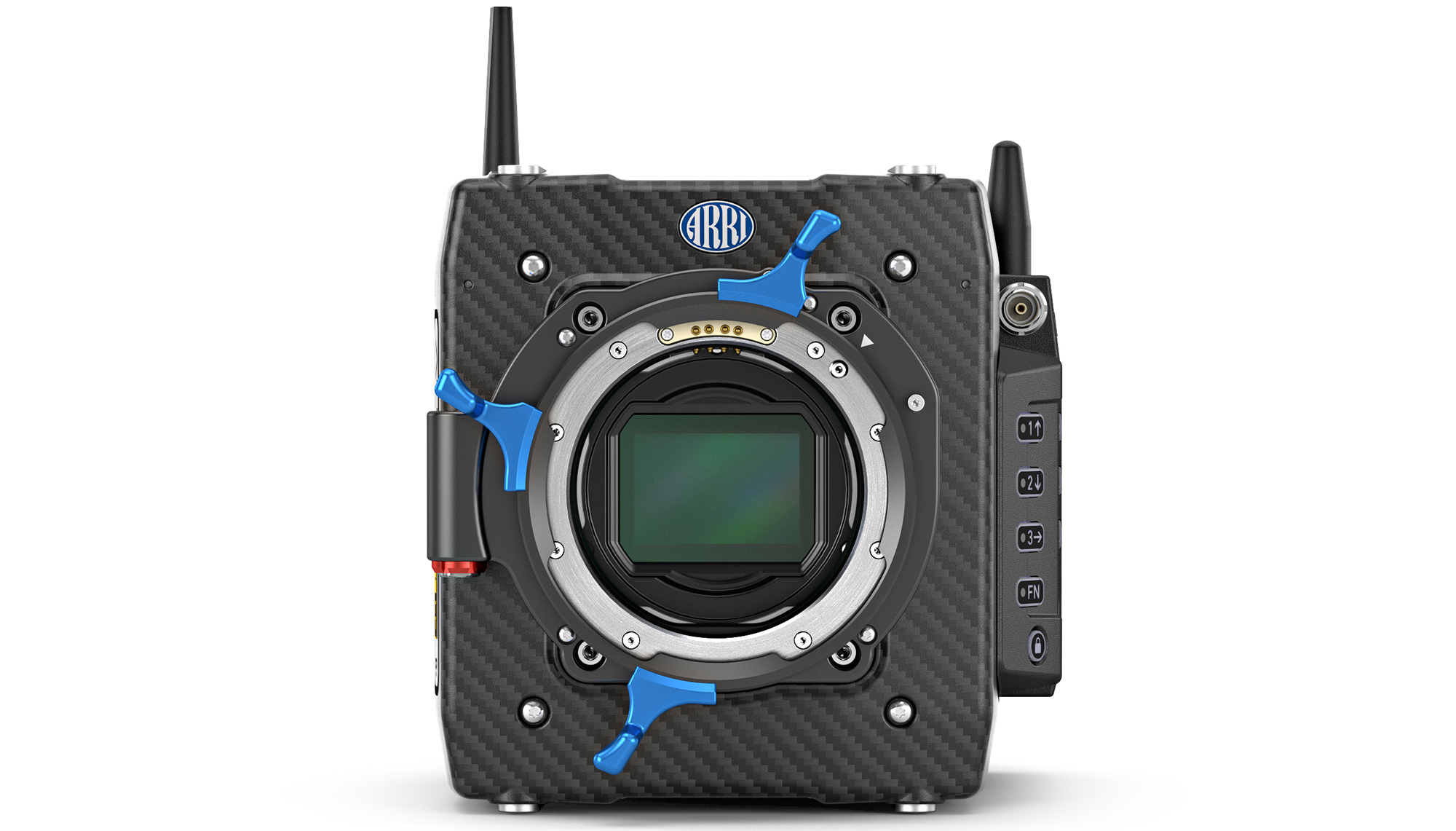
The weight of the new body is about 5.7lbs/2.6kg compared to 5.1lbs/2.3kg for the Mini, a very modest increase in weight.
ARRI has also announced a new viewfinder for the Mini LF, the MVF-2. This viewfinder has all the basic functions found in the MVF-1, which was used on the Mini and AMIRA cameras, but matches the resolution and other characteristics of the panel used in the full-size ALEXA LF's EVF-2 viewfinder, including higher resolution (1080p) and contrast. The built-in LCD screen is also larger (4" vs. about 3" on the MVF-1). There is an optional 10m viewfinder cable, which allows the new MVF-2 to serve a similar function to modules like the RCU-4, allowing direct control of camera settings at a distance. Additionally, the new EVF can be mounted on camera-left or flipped over for mounting on camera-right with no loss of functionality. A 3.5mm stereo mini jack is present on the underside of the EVF for convenient headphone monitoring. The MVF-2 includes a built-in eyepiece heater for those cold winter morning shoots – and color accuracy in the eyepiece is insured by temperature-based, real-time calibration.
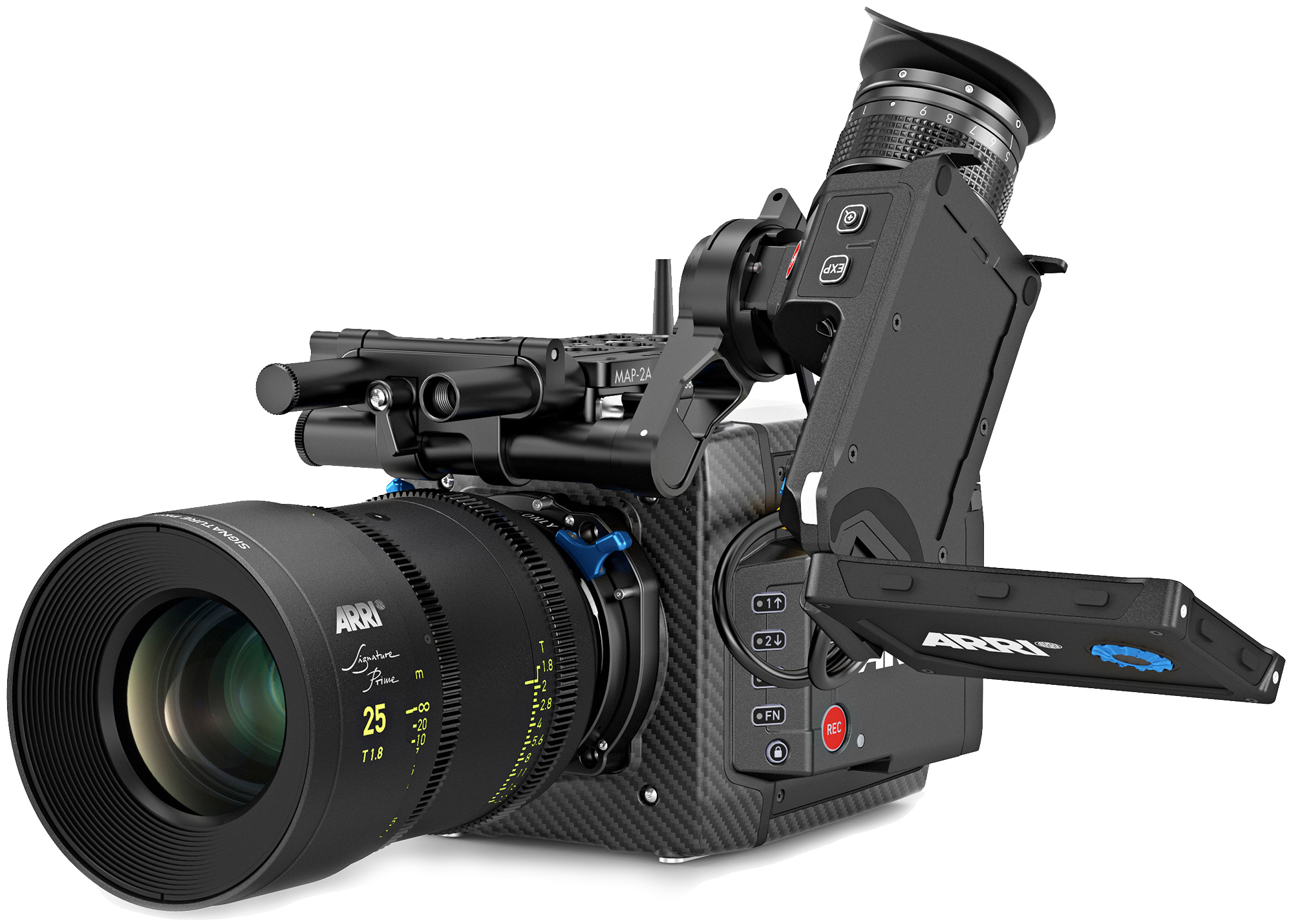
The camera body comes in at $59,890 with a LPL mount and PL adapter, which is approximately $5,000 more than the ALEXA Mini body with 4:3 RAW modes. The ALEXA Mini LF will start shipping this summer. We are taking deposits of $5,000 starting today, so if you are interested now is a great time to get in line. Contact sales for more information and to place an order.















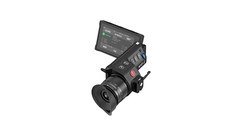

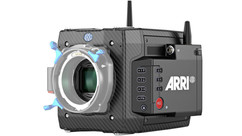
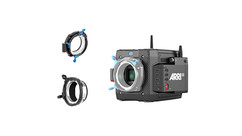
AbelCine encourages comments on our blog posts, as long as they are relevant and respectful in tone. To further professional dialog, we strongly encourage the use of real names. We reserve the right to remove any comments that violate our comment policy.
AbelCine publishes this blog as a free educational resource, and anyone may read the discussions posted here. However, if you want to join the conversation, please log in or register on our site.
We use Disqus to manage comments on this blog. If you already have a Disqus account registered under the same email as your AbelCine account, you will automatically be logged in when you sign in to our site. If not, please create a free account with Disqus using the same email as your AbelCine account.